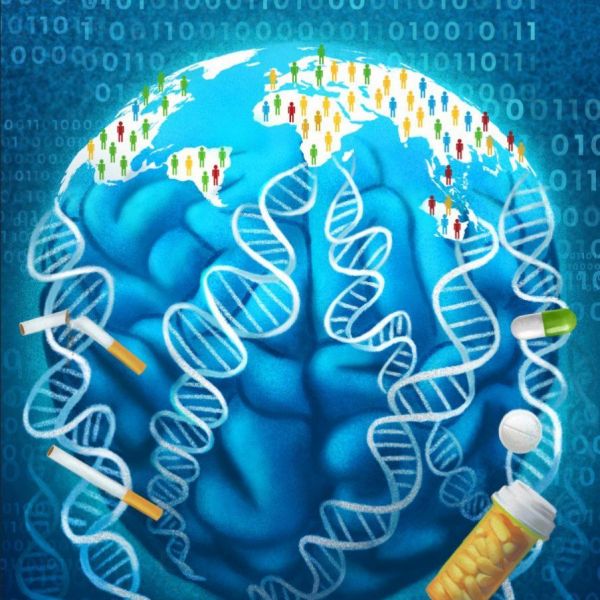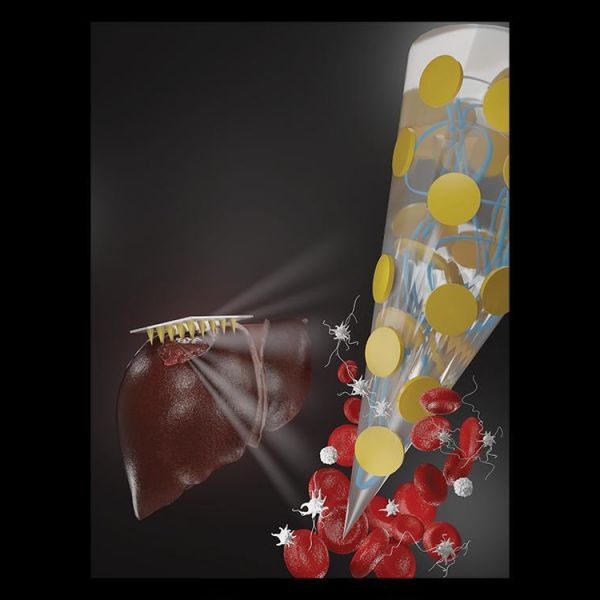News

Jan 26, 2023
Education project aims to improve overdose-death reporting
Accurate reporting on causes of death has direct impacts on mortality data, policy making, and setting priorities in public health.
Full Article

Jan 26, 2023
Smithwick appointed new director of Earth and Environmental Systems Institute
Erica Smithwick, distinguished professor of geography, has been named director of the Earth and Environmental Systems Institute at Penn State, effective Jan. 1.
Full Article

Jan 26, 2023
Machine vision system developed capable of locating king flowers on apple trees
A machine vision system capable of locating and identifying apple king flowers within clusters of blossoms on trees in orchards was devised by Penn State researchers — a critical early step in the development of a robotic pollination system — in a first-of-its-kind study.
Full Article

Jan 26, 2023
Machine learning identifies drugs that could potentially help smokers quit
Medications like dextromethorphan, used to treat coughs caused by cold and flu, could potentially be repurposed to help people quit smoking cigarettes, according to a study by Penn State College of Medicine and University of Minnesota researchers.
Full Article
Jan 23, 2023
Registration Open for 2023 Penn State Graduate Exhibition
Registration is now open for the 38th annual Graduate Exhibition, a public showcase of performances, innovative research and visual arts presented by Penn State's graduate students and hosted by the Graduate School.
Full Article

Jan 20, 2023
Pop-up electrode device could help with 3D mapping of the brain
Understanding the neural interface within the brain is critical to understanding aging, learning, disease progression and more.
Full Article

Jan 20, 2023
Novel microneedle bandage could save lives by stopping blood loss from wounds
A soldier suffers a serious gunshot wound on a remote battlefield or a machinist has a work accident and gets stuck in traffic on the way to the hospital.
Full Article

Jan 20, 2023
Studying the genetics of heart attacks and strokes in Hispanic populations
Cardiovascular disease is the leading cause of death in the United States, according to the Centers for Disease Control, and Hispanic/Latino (hereafter referred to as Hispanic) populations are more likely than non-Hispanic populations to experience common risk factors for cardiovascular disease like Type 2 diabetes and obesity.
Full Article

Jan 19, 2023
In-place manufacturing method improves gas sensor capabilities, production time
When used as wearable medical devices, stretchy, flexible gas sensors can identify health conditions or issues by detecting oxygen or carbon dioxide levels in the breath or sweat.
Full Article

Jan 17, 2023
Crowley receives Huck Early Career Chair appointment
Nikki Crowley, assistant professor of biology and biomedical engineering, has been named the Dorothy Foehr Huck and J. Lloyd Huck Early Career Chair in Neurobiology and Neural Engineering by the Huck Institutes of the Life Sciences.
Full Article